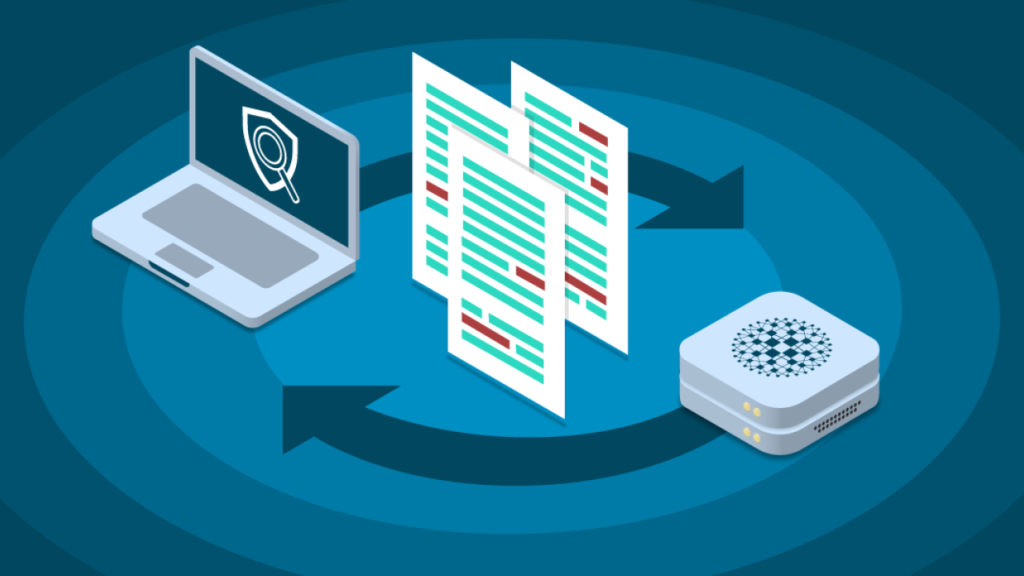Proxy servers are at the center of contemporary web infrastructure, making it possible for secure and effective communication between clients and servers. Even so, despite being as important as proxies are, they also present a massive entry point for possible vulnerabilities. HTTP headers, through which crucial metadata is exchanged across these endpoints, tend to form the first line of defense. Malconfigured or tampered-with headers can expose gateways to potential data breaches or unauthorized access.
Enter header analysis tools. These solutions are designed to analyze, audit, and optimize HTTP headers, ensuring robust protection for web communications. This guide dives into their importance, particularly in improving proxy-based security, and highlights best practices for organizations that aim to secure their web architecture.
What HTTP Headers Are and Why They Matter for Proxy Security
HTTP headers are fundamental components of the web’s communication protocol. Embedded within every client-server request and response, they carry metadata that governs how web interactions are handled. For example:
- X-Forwarded-For (XFF): Determines the actual IP address of a client that has been linked via an HTTP proxy or load balancer.
- User-Agent: Specifies the application or device a client is employing to make requests for services.
- Referrer: Supplies the source URL of a request, which is helpful in tracking the path of navigation.
- Authorization: Contains credentials used for user authentication.
Proxies typically engage with these headers, stripping or altering them for a number of purposes, like routing traffic, improving privacy, or implementing security measures. Nevertheless, such manipulation poses threats if headers become misconfigured or exposed. For instance, adversaries may spoof IP addresses using the XFF header or exploit leaked headers to reconstruct sensitive server configurations.
Without precise management and consistent monitoring, HTTP headers can snowball into areas of vulnerability. This is why they matter so profoundly in proxy-enabled environments.
The Role of Header Analysis Tools in Securing Proxies
Header analysis tools serve as diagnostic instruments for HTTP header configurations. They perform audits, scrutinize header behavior, and reveal weaknesses that might otherwise go unnoticed. Here’s how these tools enhance proxy security:
- Spoof Detection: They detect spoofed headers, such as fake IP data in the X-Forwarded-For header, that may indicate malicious intent.
- Cache Configuration Audits: Well-configured cache directives (i.e., Cache-Control headers) prevent sensitive data from remaining or being transferred inadvertently.
- Header Behavior Monitoring: Tools can expose how headers are conducted once through proxy chains, identify inconsistencies, or insecure habits.
The OWASP Secure Headers Project does offer explicit recommendations for inspecting headers for such configurations as Strict-Transport-Security (HSTS) and Content-Security-Policy (CSP). Having these implemented ensures an extra layer of resilience in case of attacks.
Evaluating Headers with a Proxy Headers Test
A proxy headers test is a specialized analysis method used to inspect header behavior specifically in proxy-driven environments. These tools simulate proxy traffic, capturing data about which headers are passed, modified, or removed during transmission. This evaluation helps identify risks and verify secure configurations.
These testing tools enable developers to verify common vulnerabilities or header manipulations. Through examination of important headers such as X-Forwarded-For, HTTP-Client-IP, and Proxy-Agent, stakeholders can gather useful information about their proxy configurations. Many developers rely on this approach to ensure headers are both configured and transmitted securely.
Recommended Tools for Header Analysis
Two standout tools in the realm of header analysis are Mozilla Observatory and SecurityHeaders.com. These platforms excel in providing security insights and support for HTTP header configurations:
- Mozilla Observatory: This tool evaluates HTTP headers against modern best practices, highlighting misconfigurations. Developers can rely on its automated feedback to align web apps with high security standards.
- SecurityHeaders.com: Offers a straightforward interface and grades websites based on their header setup. It is ideal for validating changes after deploying proxy updates.
Both tools provide actionable insights and are a valuable starting point when securing proxy environments.
Best Practices for Strengthening Proxy-Based Security
Beyond using header analysis tools, organizations can adopt several best practices to bolster proxy security:
- Enforce Safe Headers: This retains utilizing headers like Strict-Transport-Security for enforcing HTTPS and Content-Security-Policy to combat injection attacks.
- Regular Audit: Perform regular audits on header configurations each month or quarter through analysis tools to detect changes or vulnerabilities created over time.
- Understand Proxy Chains: Examine how headers behave under multi-proxy setups, including reverse proxies, forward proxies, and content delivery networks (CDNs). This can preempt unexpected outcomes resulting from header stripping or rewriting.
- Establish Policies: Internal policy must control how sensitive headers like Authorization and X-Forwarded-For are processed in your organization’s infrastructure.
Moving Forward with Secure Proxies
Proactive HTTP header analysis and configuration is no longer a choice, but a requirement for web security in today’s environment. From auditor tools such as Mozilla Observatory to targeted solutions such as the proxy headers test, organizations have tools at their disposal that can properly protect their proxy environments.
Through the use of intelligent tooling, frequent audits, and best practices, companies are able to strengthen their defenses against possible security attacks. Begin assessing your proxy headers today and take one giant step toward a safer web infrastructure.

